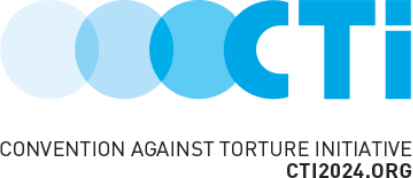CTI Police Resource Toolkit
Despite a large volume of international, regional and national handbooks, guidelines and other tools on best police practices, resources on applicable human rights law and standards for the various aspects of policing are still limited. In this light, CTI in partnership with the United Nations Office on Drugs and Crime (UNODC), develops a Police Resource Toolkit for Professional, Human Rights-compliant Policing to provide practical orientation on how to effectively implement existing international law and human rights standards in policing and law enforcement activities. The Resource Toolkit compiles existing resources and promising State practices on various aspects of policing and is intended to informing police reforms, fairness and transparency in policing and reducing the risks and incentives for torture or other ill-treatment.
The Toolkit is addressed to police officers and other law enforcement officials, lawmakers, policy-makers and government officials in charge of developing and reforming national laws, policies, programmes and practices to professionalise police services and strengthen human rights-compliant policing.
All 20+ Resource Notes will be released on an ongoing basis until 2024. Each Resource Note includes background information on the respective policing aspect, recommended practices and country examples from across the world, as well as key standards, guidelines and practical tools. Additional key resources for each Note will be added to the Key Resource page on a continuous basis.
Contents
The CTI Police Resource Toolkit resource notes are also available here in French and Spanish.
CHAPTER 1: Regulatory Frameworks
1.1 Police regulatory and institutional frameworks
CHAPTER 2: Institutions
2.1 Community-oriented policing
2.2 Police academies and training programmes
CHAPTER 3: Human Resources Management
3.1 Rights-based recruitment
3.2 Promotions procedures
3.3 Working conditions, salary and benefits
CHAPTER 4: Stop and Search procedures and Arrest
4.1 Stop and search
4.2 Arrest
CHAPTER 5: Detention and Custody
5.1 Safeguards in police custody
5.2 Transport procedures
CHAPTER 6: Use of Force and Firearms and Policing of Protests and Assemblies
6.1 Lawful use of force, firearms and less lethal weapons, and means of restraint
6.2 Policing protests and assemblies
CHAPTER 7: Criminal Case management and Interviewing
7.1 Interviewing suspects, witnesses and victims
7.2 Investigating offences committed by and upon children
7.3 Investigating sexual crimes
7.4 Case management and coordination of criminal investigations
7.5 How to think like an investigator
7.6 Witness and victim protection
CHAPTER 8: Accountability, Integrity and Oversight
8.1 Disciplinary procedures and internal complaints and oversight mechanisms
8.2 Independent investigation procedures and oversight mechanisms
8.3 Anti-corruption procedures and mechanisms in police services
-
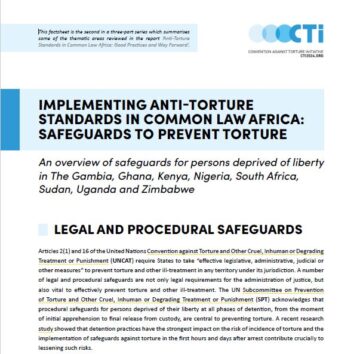
Factsheet 2: Safeguards to prevent torture – CTI...
-
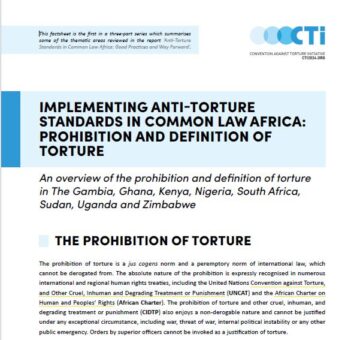
Factsheet 1: Prohibition and Definition of Torture –...
-

Convention against Torture Initiative (CTI) Online Annual Forum...
-

Report of the CTI Professional Training Workshop for...
-
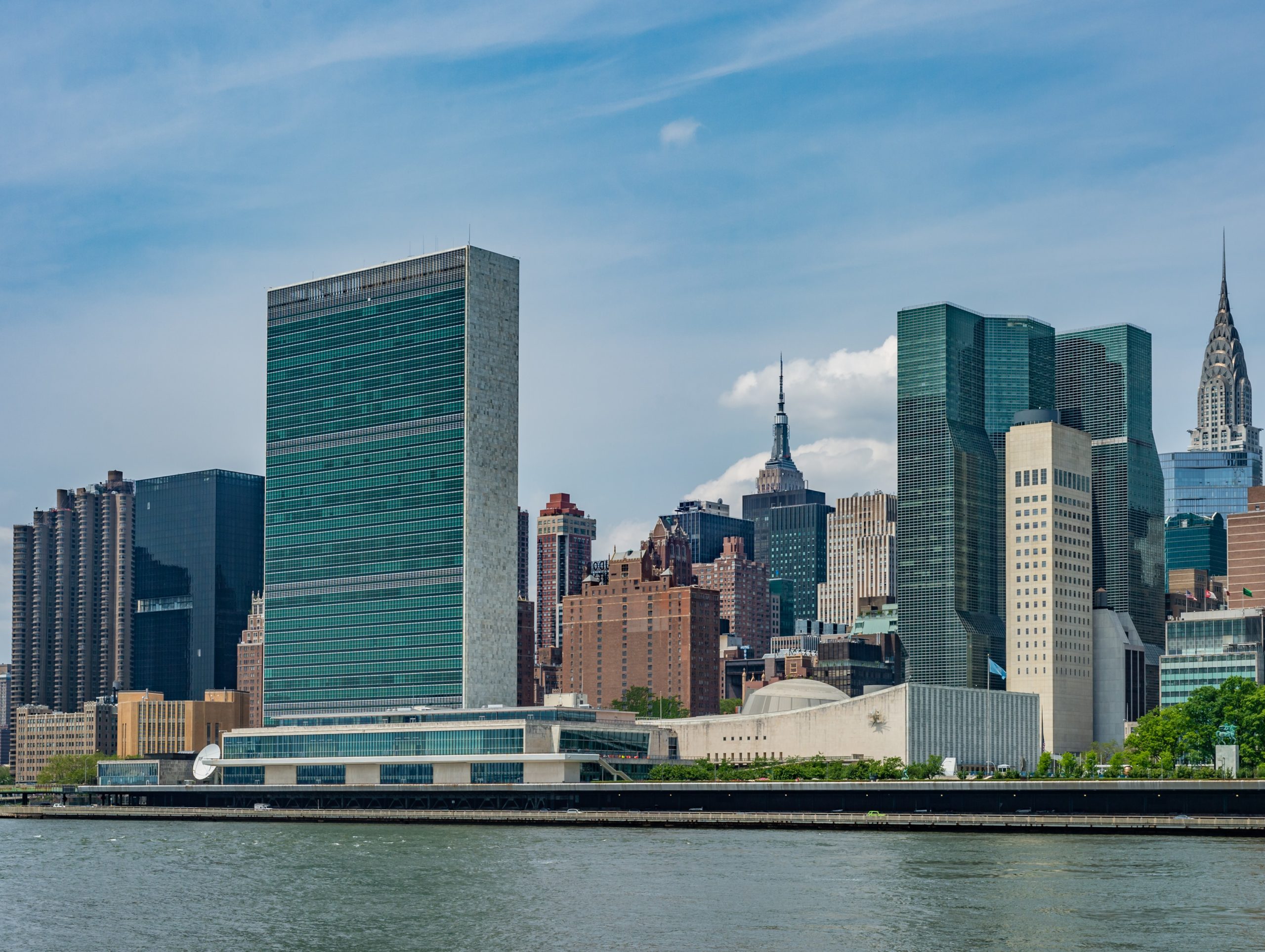
CTI Group of Friends Expert list
-

Convention against Torture Initiative (CTI) Annual Forum 2020-2021
Message from the United Nations High Commissioner for Human Rights, Michelle Bachelet, 24 June 2021
-

CTI Training Tool 1/2017: Investigative interviewing for criminal...
-

CTI New Website Overview
-
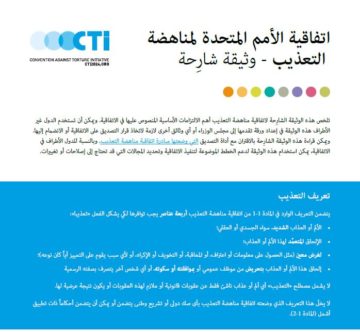
UNCAT Explainer – Arabic – اتفاقية الأمم المتحدة...
Need Advice?
The CTI’s expert team provides one-on-one technical advice to governments and national institutions responding confidentially to technical queries on a wide range of issues.
